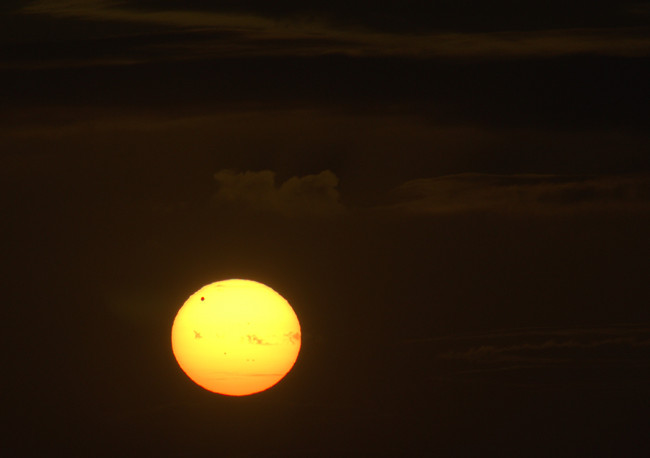Are we alone in the universe? We don’t know. But, according to a new paper, we now have a map on “where to look first”.

There are at least 1,000 Earth-like exoplanets close enough and in the right position to see that the Earth is habitable, a new paper explains. All these candidates are within 300 light-years of us. They were identified as they’re in the right position to see the Earth transiting in front of the Sun, which is our main method of planetary analysis today.
Right place, right time
Let’s reverse the viewpoint to that of other stars and ask from which vantage point other observers could find Earth as a transiting planet,” says first author Lisa Kaltenegger, associate professor of astronomy at Cornell University and director of Cornell’s Carl Sagan Institute.
“If observers were out there searching, they would be able to see signs of a biosphere in the atmosphere of our Pale Blue Dot,” she said, “And we can even see some of the brightest of these stars in our night sky without binoculars or telescopes.”
The transit method involves watching a planet far away as it’s moving in front of its star (relative to us). Judging by how much of the star’s light it blocks, and how the rest is altered, we can tell how large that planet is and gain clues about the chemical composition of its atmosphere.
It is one of our most powerful methods of investigating planets outside our solar system. Any potential alien civilizations might thus also use it. But space is a very big place, so only a small percentage of all exoplanets out there are in the right spot to be able to use this method.
The plane on which the Earth orbits around the Sun is known as the ecliptic plane. For an exoplanet to see us during transit, it needs to be on or very, very close to the ecliptic. The team used data from NASA’s Transiting Exoplanet Survey Satellite (TESS) star catalog to identify which ones these are.
“Only a very small fraction of exoplanets will just happen to be randomly aligned with our line of sight so we can see them transit,” says co-author Joshua Pepper, associate professor of physics at Lehigh University. “But all of the thousand stars we identified in our paper in the solar neighborhood could see our Earth transit the sun, calling their attention.”
“If we’re looking for intelligent life in the universe, that could find us and might want to get in touch,” Kaltenegger adds, “we’ve just created the star map of where we should look first.”
The paper “Which Stars Can See Earth as a Transiting Exoplanet?” has been published in the journal Monthly Notices of the Royal Astronomical Society.









